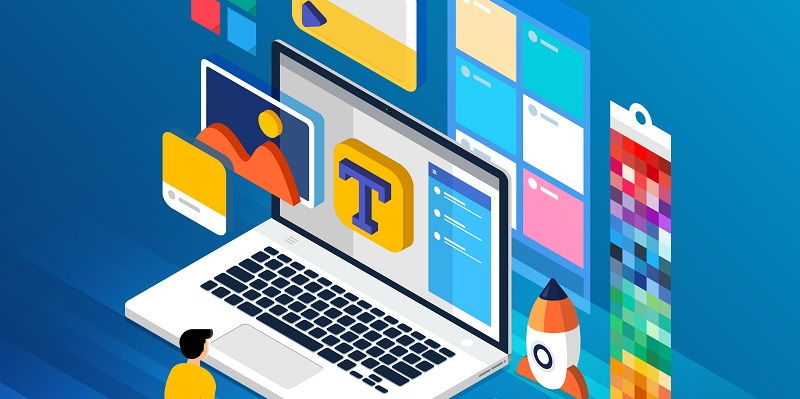In today’s fast-paced digital landscape, businesses are increasingly recognizing the power of content marketing. It comes as no surprise that 58.4% of content marketers expect their budgets to increase this year. Moreover, 49.2% of them claim that their content marketing budgets have consistently grown since 2021. However, what sets new-age businesses apart is their ability to make safe, smart, and data-driven decisions when it comes to allocating their marketing dollars.
Definition of Content Marketing
At its core, content marketing is the practice of creating, publishing, and promoting content that is not only relevant to your brand but also resonates with your target audience. It goes beyond simple advertising and focuses on providing value to customers through informative, entertaining, or inspiring content. By delivering content that meets the needs and interests of your audience, you build trust, establish authority, and foster long-term relationships.
The Relationship Between Content Marketing and Search Engine Optimization
Ever since the advent of search engines, content marketing and search engine optimization (SEO) have been closely connected. Creating high-quality content is only half the battle; the other half lies in ensuring that your content is discoverable by your target audience. By optimizing your content for search engines, you increase its visibility, organic reach, and ultimately, its impact. Strategic keyword research, proper use of meta tags, and effective link building are essential elements in maximizing the SEO potential of your content.
The Impact of Web Design on Content Success
Web design plays a crucial role in the success of your content. Efficient web design can make your website’s content more accessible to users. Professional web designers create clear visual hierarchies on web pages, allowing users to easily scan through them and engage with the most eye-catching pieces of content. By ensuring that your content is user-friendly, visually appealing, and easy to navigate, you increase the likelihood of capturing and retaining your audience’s attention.
How website design affects content
Website design can impact the success of your content in a multitude of ways. First and foremost, the overall layout and design of your website influence the user experience. If your website is cluttered, disorganized, or difficult to navigate, it hampers the effectiveness of your content. On the other hand, a clean, intuitive, and aesthetically pleasing design enhances content consumption and encourages user engagement. Additionally, factors such as responsive design, mobile optimization, and fast loading speeds contribute to improved user satisfaction and increased content visibility.
The Expertise of Professional Web Designers
Designing content-friendly websites requires a deep understanding of user behavior, industry best practices, and evolving design trends. Professional web designers have spent decades honing their skills and staying ahead of the curve. They possess the knowledge and expertise to create websites that not only showcase your content effectively but also align with your brand identity. By leveraging their experience, you can optimize the presentation of your content, enhance the user experience, and ultimately achieve better results.
In conclusion, the interconnection between content marketing and web design is undeniable. As businesses continue to invest in content marketing, it is crucial to recognize the impact that website design can have on its success. By creating a seamless user experience, optimizing content for search engines, and harnessing the expertise of professional web designers, you can unlock the true potential of your content marketing efforts. Embrace the intersection of content marketing and web design to drive engagement, build brand loyalty, and achieve your desired outcomes in today’s digital landscape.

